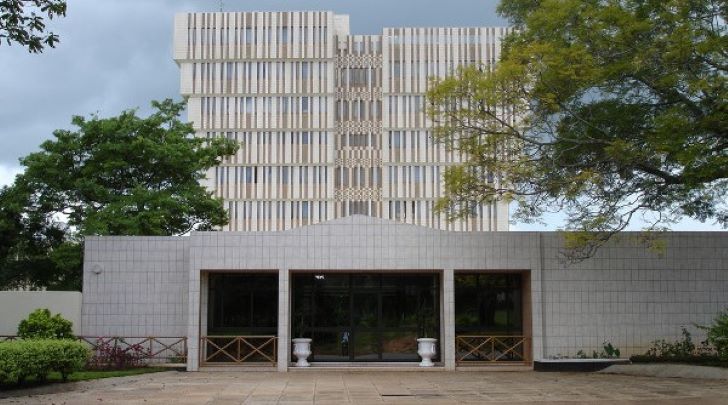
RBM Raises Inflation Rate Target: What This Means for Your Malawi Business Bottom Line
Key Business Points
- The Reserve Bank of Malawi (RBM) has revised its 2025 annual average inflation rate forecast to 28.5 percent, up from 27.4 percent, due to persistent upside risks to food prices, particularly maize.
- The RBM’s Monetary Policy Committee (MPC) has maintained the policy rate at 26 percent for the third consecutive time, citing the need for a tight monetary policy to contain inflation and safeguard policy credibility.
- The decision is expected to impact commercial banks’ lending rates, which remain high at 36 percent for risky borrowers, emphasizing the need for businesses to carefully manage their cash flow and mkwapula (expediture) in the face of high inflation.
The Reserve Bank of Malawi (RBM) has taken a cautious approach to monetary policy, maintaining the policy rate at 26 percent for the third consecutive time. This decision comes as the RBM revises its 2025 annual average inflation rate forecast upwards to 28.5 percent, citing persistent upside risks to food prices. According to RBM economist Chrispin Kamuikeni, inflation remains a major concern, primarily driven by supply-side shocks, structural weaknesses, and fiscal imbalances, highlighting the need for businesses to chenga m’maso (be vigilant) in their financial planning.
The RBM’s decision to maintain the policy rate is seen as a move to contain inflation and kulima ntchito (stabilize the economy). The bank’s director of financial markets, Chakudza Linje, noted that the MPC observed upside risks, especially on food inflation, emanating from agricultural production deficits, particularly maize. As a result, the economic growth forecast for 2025 has been reduced from 3.2 percent to 2.8 percent, emphasizing the need for businesses to tengera mbali (diversify) their investments and manage their risks effectively.
Economists have commended the MPC for maintaining the policy rate, saying it ensures ustability pa mapato (market stability) and allows for a more predictable business environment. However, they also note that the high money supply and re-emerging maize price pressure still exert pressure on the inflation outlook, highlighting the need for businesses to panga kwa ajili ya (plan for) potential price increases. The RBM’s decision to maintain the policy rate has left commercial banks’ lending rates high, particularly for risky borrowers, emphasizing the need for businesses to carefully manage their mkwapula (expenditure) and chileke (savings) in the face of high inflation.
As the RBM continues to navigate the complex economic landscape, businesses in Malawi must remain wachikundu (cognizant) of the potential risks and opportunities. By carefully managing their finances and kulemekeza (investing) in sustainable business practices, entrepreneurs can position themselves for success in the face of nthabwa za mpango (economic challenges). With the RBM’s cautious approach to monetary policy, businesses must be prepared to adapt to changing market conditions and kugwiritsa ntchito (utilize) available resources to drive growth and innovation.
What are your thoughts on this business development? Share your insights and remember to follow us on Facebook and Twitter for the latest Malawi business news and opportunities. Visit us daily for comprehensive coverage of Malawi’s business landscape.
- Fueling Growth: Chinese Investment Set to Energize Malawi’s Economy - December 24, 2025
- Navigating Opportunities: MCCCI Highlights Key Challenges to Investment and Economic Revitalization in Malawi - December 23, 2025
- Revitalizing Malawi’s Economy: Igniting Growth, Creating Opportunities - December 23, 2025
